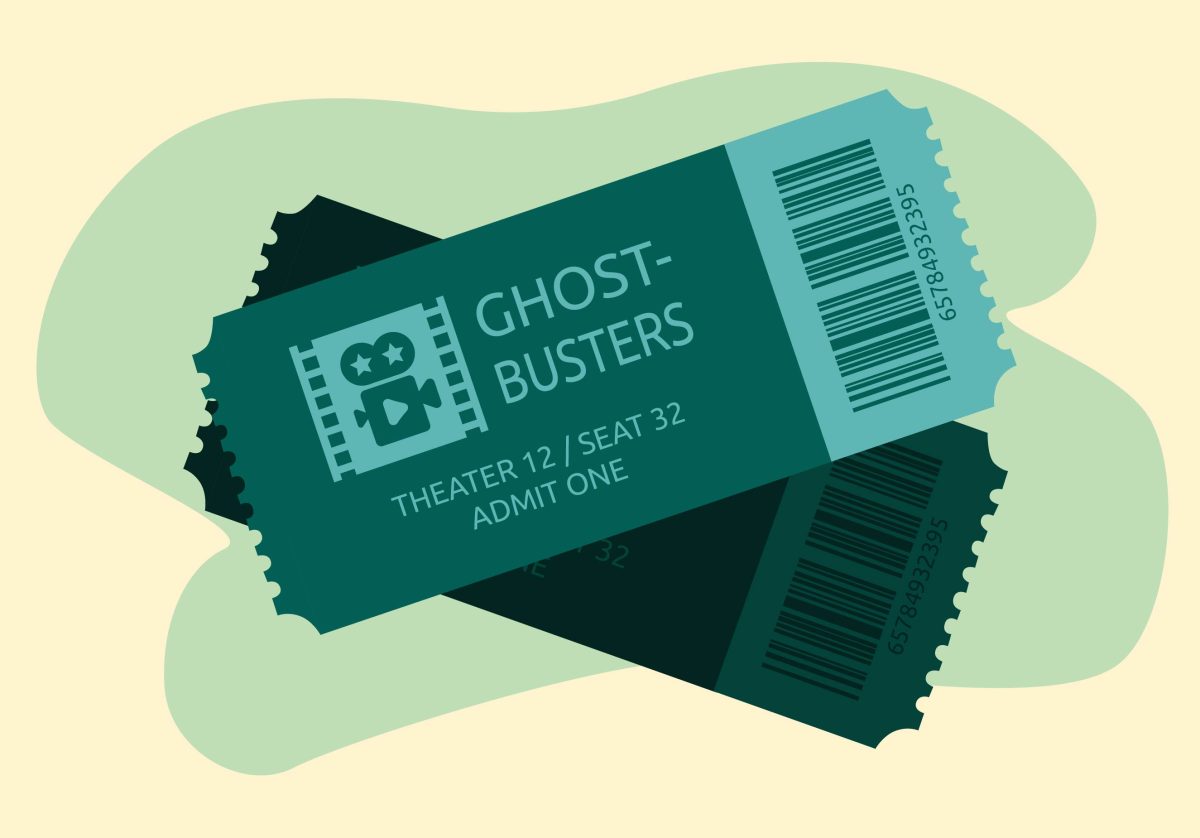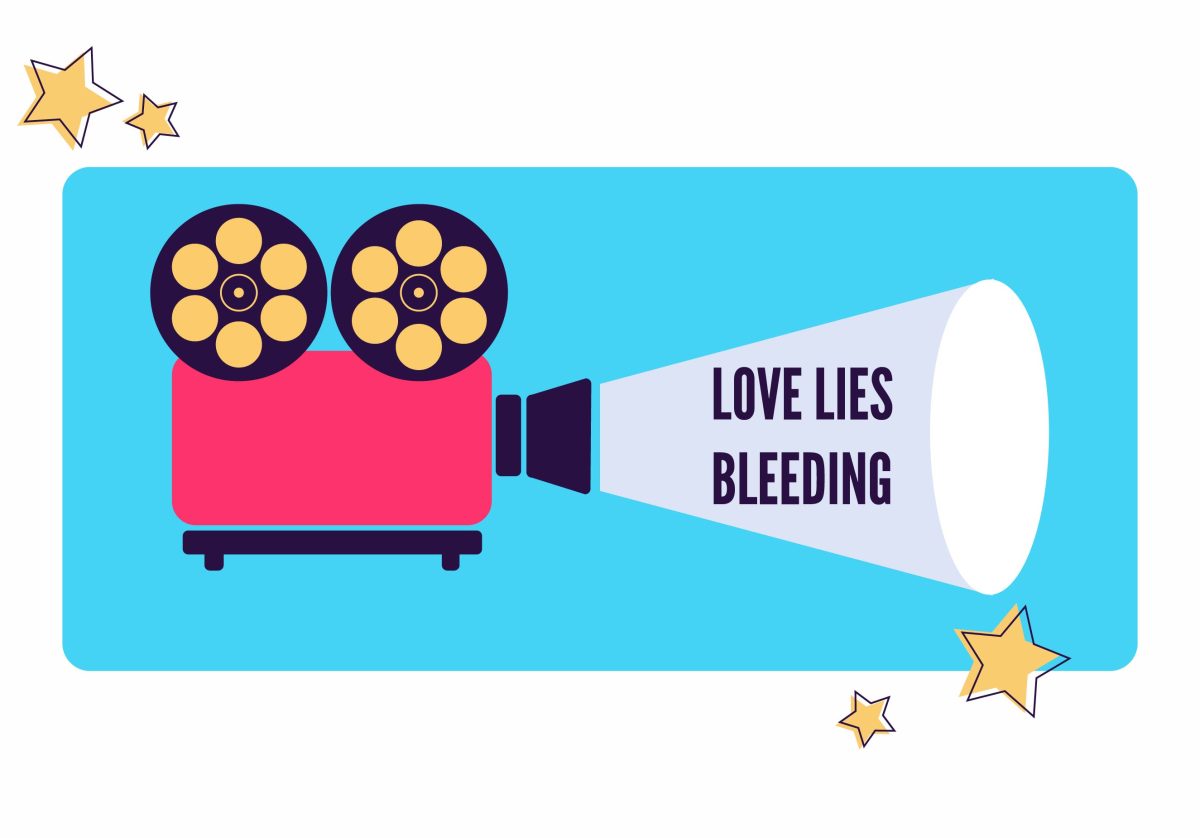Nancy Drew had it all. A car, a boyfriend, two loyal best friends, a housekeeper who made excellent baked goods and a father who allowed his little girl to pursue dangerous criminals. Oh, and modesty, she had plenty of that.
STARRING: Emma Roberts and Tate Donovan
DIRECTED BY: Andrew Fleming
RATED: PG
PLAYING AT: Area Theaters
In the new film adaptation of America’s favorite girl sleuth, however, director Andrew Fleming takes Nancy away from many of the comforts in her modest Midwestern town, River Heights and places her in smoggy Los Angeles.
Tinsel Town, Fleming suggests, is the opposite of Nancy. Whereas Hollywood is materialistic, shallow and dream-crushing, Nancy is sincere, smart and concerned for others. The biggest mystery in the film becomes not whether Nancy can solve the case (that’s a given), but whether Nancy can survive Hollywood.
At her new California high school, Nancy does not fit in. For one, she takes an interest in school, but more importantly and more socially criminal, her outfits are outdated. In the cafeteria (the most vulnerable space in high school), two rich, princess-type teens mockingly point to Nancy’s penny loafers.
“I like old-fashioned things,” Nancy responds with a sweet smile.
Emma Roberts (the niece of Julia Roberts, who plays the girl detective) handles the confrontation with a calm politeness, as readers of the books would expect. Still, her response is quite out of sync with the book character. Nancy was never an outcast, a social oddity or worst of all, unfashionable.
Beyond simply a strong, likeable character, Nancy Drew resonated with young girls in the 1930s, and continued to do so in every decade thereafter, mainly because Nancy was cool.
She was fiercely independent, had fun with her friends and could outsmart thieves and the local police department alike – and she looked good doing it.
Whether it’s the Nancy from the ’60s with perfectly flipped hair and a matching sweater set, or the Nancy from the ’80s (under the series “The Nancy Drew Files”) with long, feathered hair and tight jeans, she could exist as a feminist role model in any time as well as transcend any time. Nancy helped define feminism but never declared herself a feminist. She challenged feminine stereotypes but never denied her gender.
Near the end of Fleming’s film, Nancy’s dress (that she made herself, of course!) receives praise in a fashion magazine as “the new sincerity” trend. The message being, Nancy’s perseverance to remain herself becomes cool!
While Roberts is an enjoyably charming Nancy, Fleming’s direction to keep the sleuth seemingly stuck in a ’50s time capsule is rather disturbing. Hidden beneath the “be yourself” message lies a nostalgic longing for the good ol’ days when girls were polite and modest and feared their sexuality. Don’t talk back and don’t tempt boys!
Sure, it’s great that Nancy resists the trap of acting like LiLo, Paris or Brit Brit, and it’s great that Fleming portrays her as neither a slut nor an idiot. But is the only way to counter the negative images of females in today’s culture through creating a character that heralds a time before Gloria Steinem could publish Ms. magazine?
I can’t help feeling concerned that a film like “Nancy Drew” is not about instilling female empowerment, but a reaction of fear toward today’s girls, placing all of the blame on females for the ills of society, and none on the young men. It’s the same fear and anxiety we’ve had since Eve ate the apple, Pandora opened her box and Brit and Xtina traded their mouse ears for something more “toxic” and “dirrty.”
In the film, Nancy must battle against girls who favor clothes over books and flirting over learning. But how does Nancy react when boys call her a bitch and men look her up and down as she walks down the street? That, the film neglects to address.
Before, Nancy Drew had kidnappers to catch; now, she has slutty girls to clothe. And this interpretation of Nancy disrupts the book Nancy, who never bragged that she was any more or less liberated than her girlfriends, George and Bess.
Transforming Nancy from print to screen has proven a difficult task. The “Nancy Drew” films of the late-’30s made the detective scatterbrained and mean. The television series in the ’70s was too tame. Together, Fleming and Roberts create the best moving-picture version of Nancy. The film wavers more toward the latter (after all, it did receive a PG rating) but avoids the pitfalls of the TV series by acknowledging the humor of “Nancy Drew” – characters overuse the term “sleuth” and during a car chase, Nancy notes that she will not drive over the posted speed limit.
The film could easily resonate with a young audience because of Roberts’ charm. But in terms of capturing the spirit of Nancy Drew, the best the film could hope to accomplish is to serve as a gateway drug to “Veronica Mars.”
Nancy always stood out among other teen girl characters. Now, however, it seems she is falling behind the characters she inspired (like Veronica). Despite the film’s charisma, for the first time in 78 years, Nancy Drew comes across as old-fashioned.















